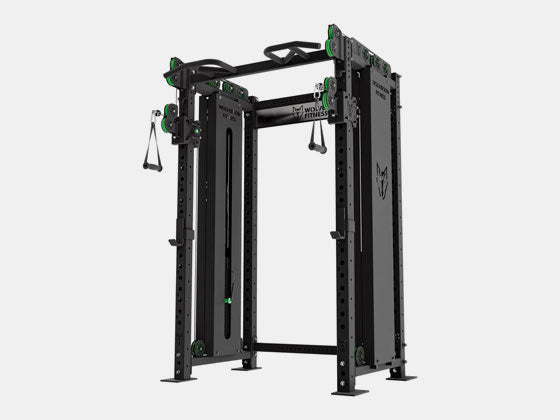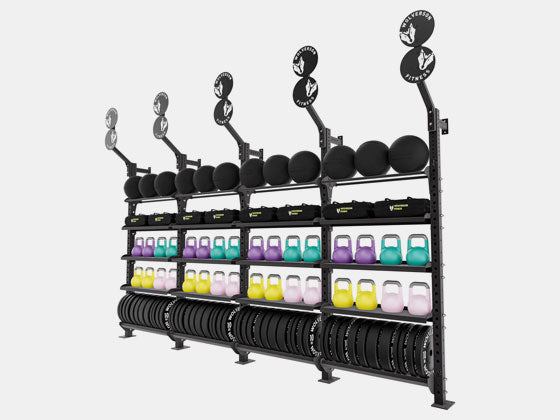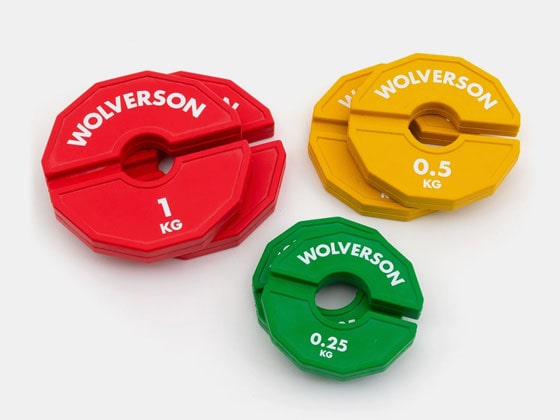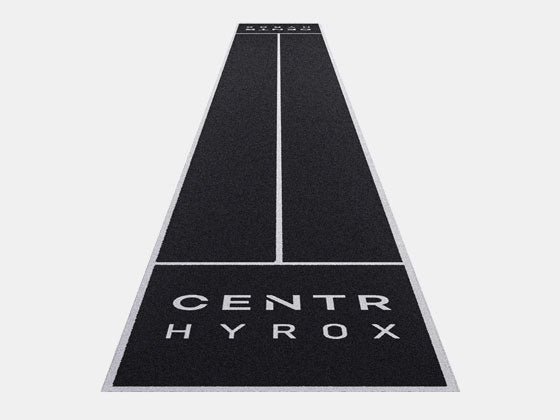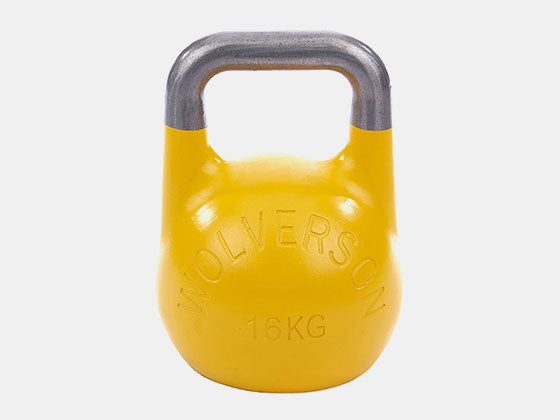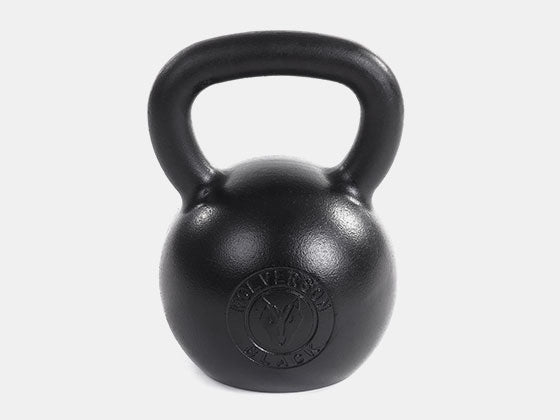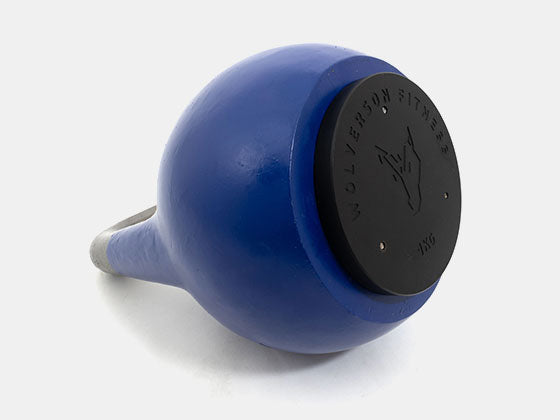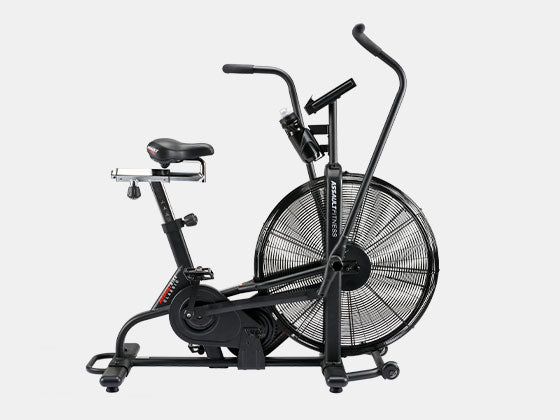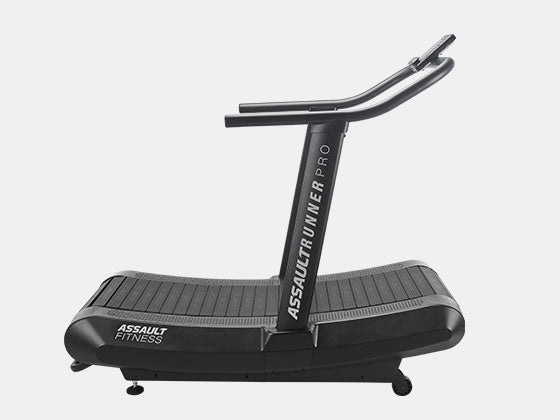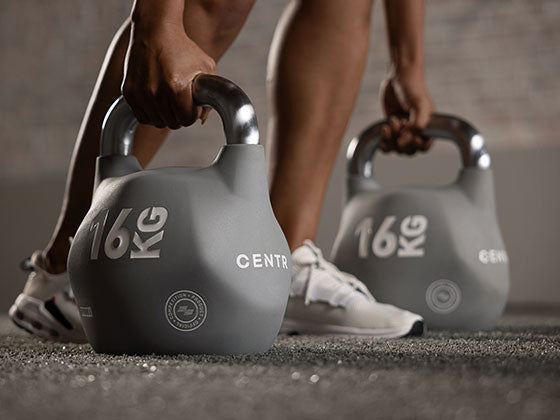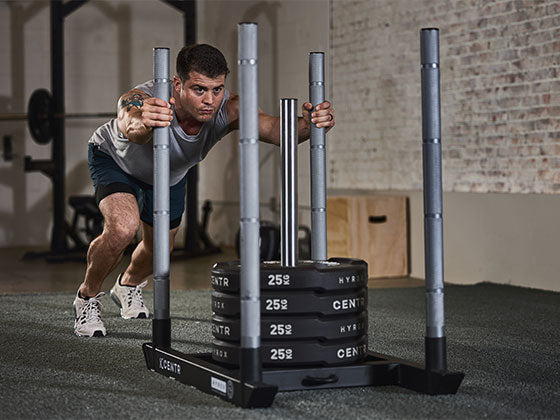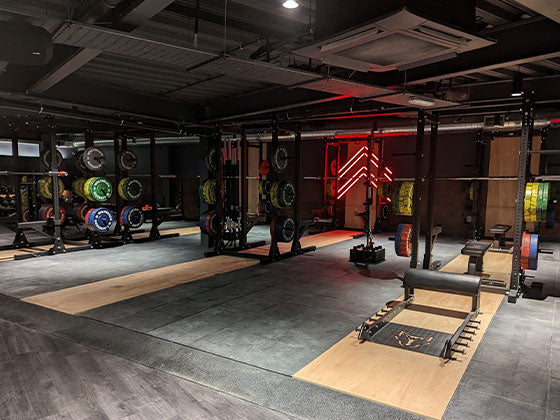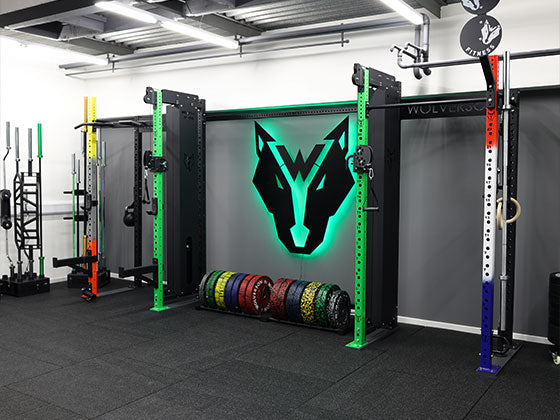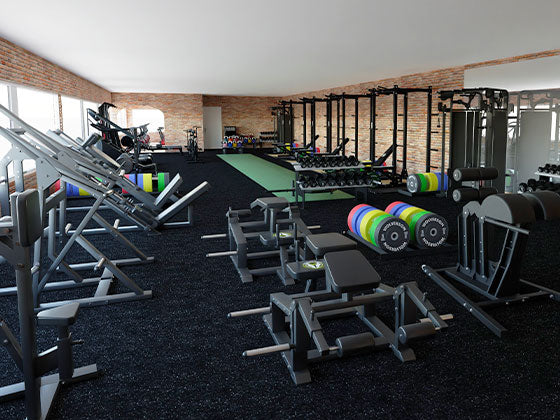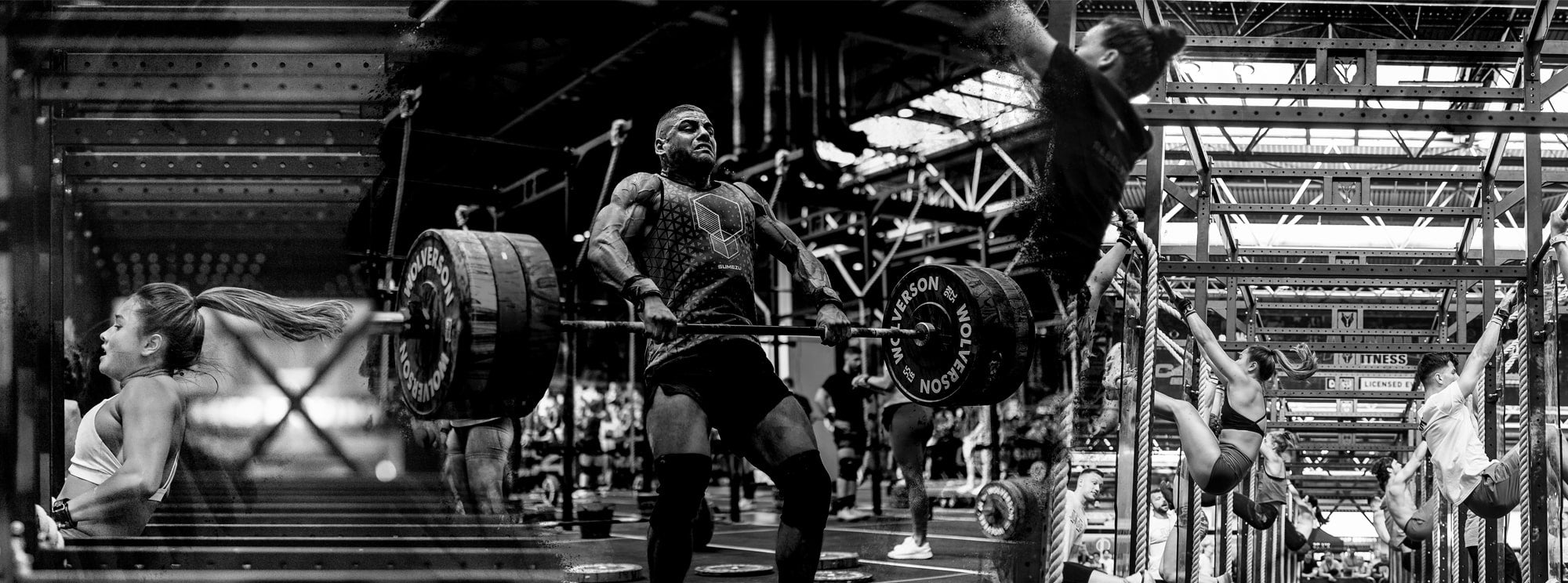What if your gym could be the reason your team stays injury-free, trains harder, and outperforms the competition? For sports clubs, intelligent gym design isn’t a luxury, but a strategic decision and advantage. Your facility should be refined with intention instead of guesswork to reduce injury risk and unlock peak performance.
This guide walks you through the essential steps of planning your layout, from selecting equipment to using consultation and 3D design tools to help you build a gym that’s tailored to your sport, your squad, and your long-term club goals. If you’re planning to upgrade your facility or start from scratch, here’s what you need to know.
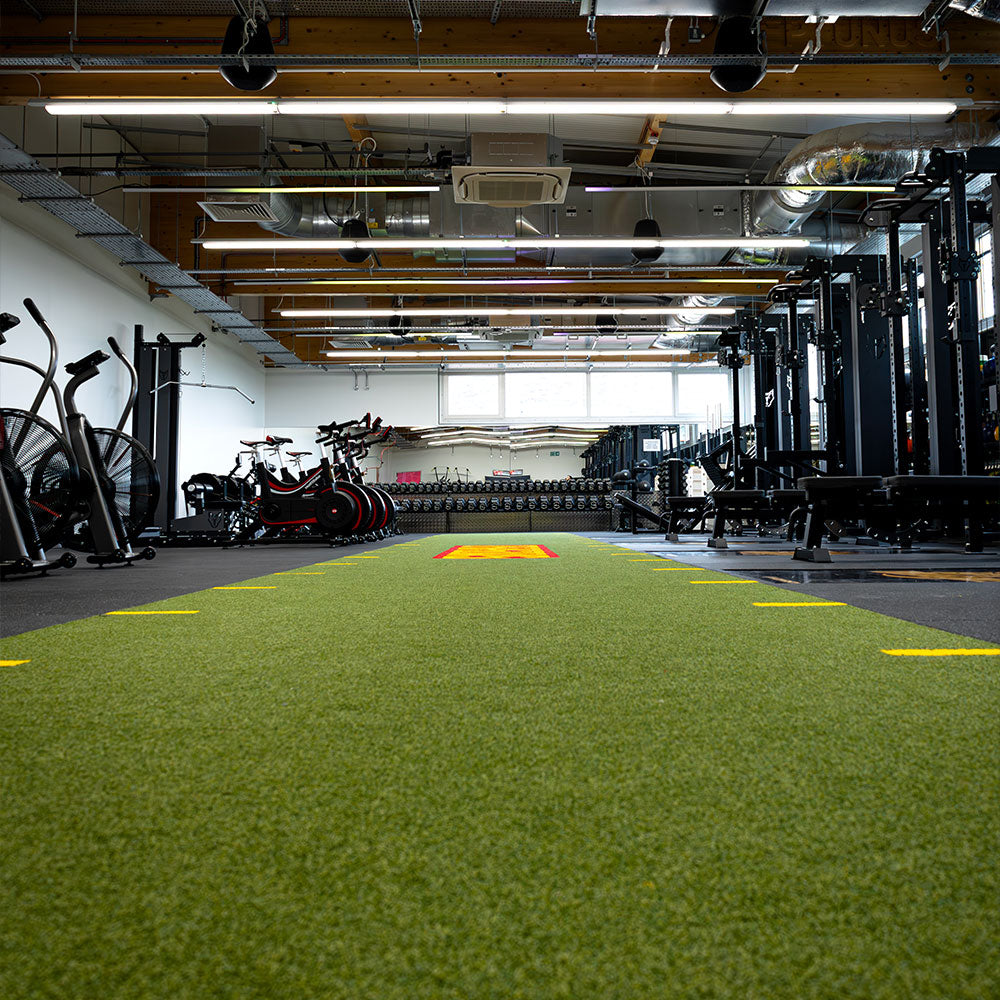
Why your sports club needs a thoughtfully
designed gym
A gym isn’t just a training space – it’s the foundation of a successful squad. From building team culture to supporting peak physical performance, a purpose-built facility for your sport will play a role in shaping your athletes and uniting your club. The right environment also attracts talent, inspires consistent training, and fosters a sense of pride and professionalism - all core elements of a champion club.
When top-tier equipment is combined with a layout that’s intelligent and installed by experts, the result isn’t just functional.
The transformation of a sport-specific gym is the difference between average outcomes and exceptional results from your players, members, and staff.
What are the competitive advantages of a sports club gym?
In most sports, marginal gains make all the difference. Is your gym missing its edge? A purpose-built sports club gym not only improves training efficiency; it also strengthens team identity, unlocks new revenue opportunities, and motivates all members who interact with the space.
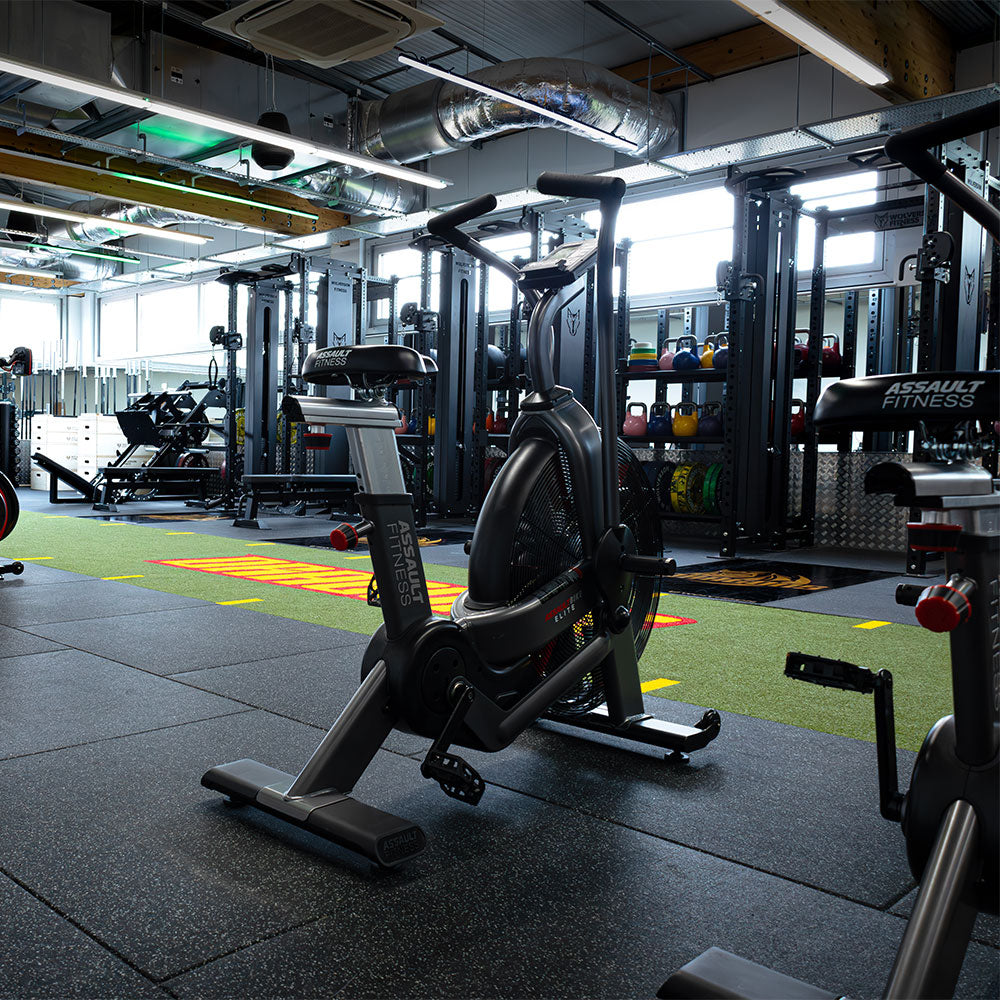
Encouraging seamless training
- Remove training friction and wasted time through clearly defined zones for strength, conditioning, agility, and recovery.
- Sport-specific layouts allow for tailored programmes with both group usage and independent sessions.
- Training is delivered effectively due to a custom-built and custom-arranged facility, centred on your team’s objectives.
- An indoor gym facility keeps athletes and sportspeople consistent (no cancelled seasonal sessions here!)
- On-site training in your club’s facility saves time and energy for both athletes and staff to minimise commuting to multiple buildings.
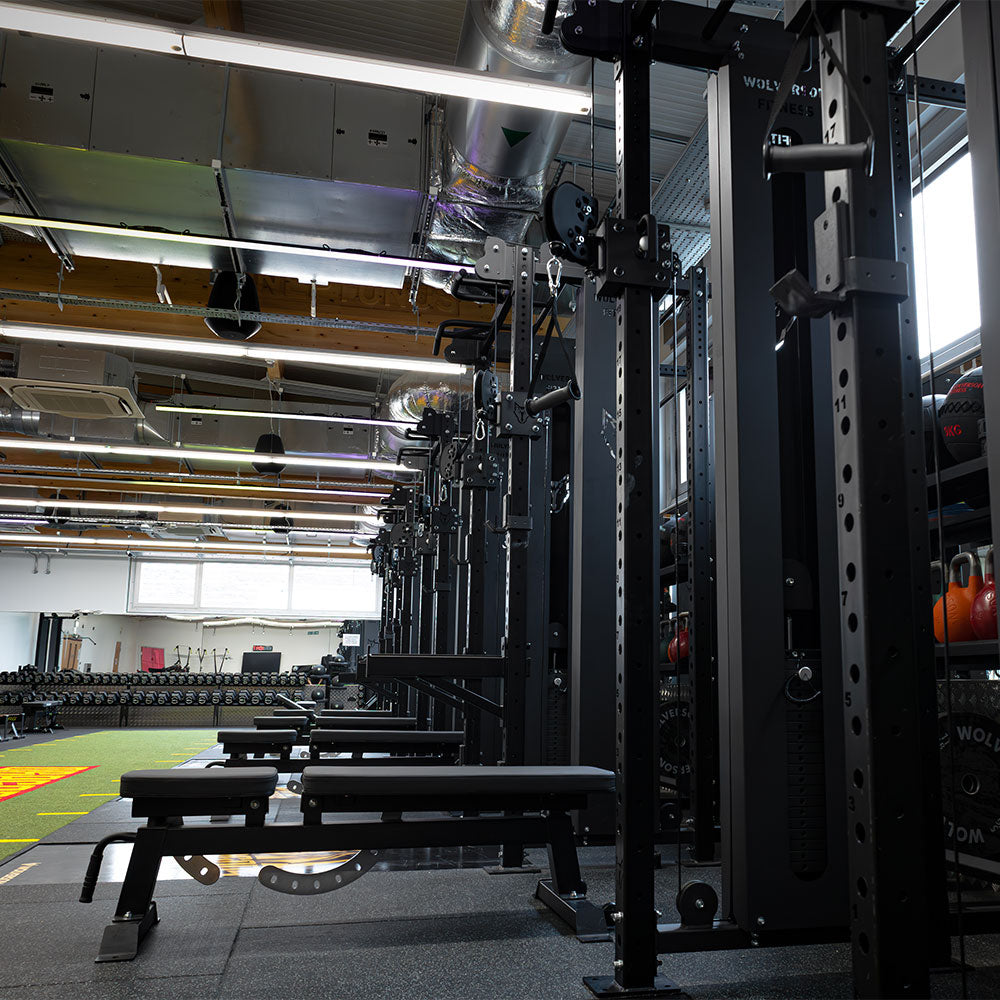
Supporting recovery and wellness
- Injury prevention starts with a smart layout to include room for proper movement, mobility drills and warm-ups.
- Integrated strength and conditioning spaces reduce risk by allowing specific movement patterns to be professionally supervised.
- Balanced training should also include space for flexibility and mindfulness, whether this is a yoga setup, a pilates studio, or a generally quieter space with accessory equipment available.
- Stretch zones and massage tables are bonus, dedicated recovery areas to support athletic development.
Generating revenue
- Attract high-calibre athletes and fitness-focused members looking for more than what commercial gyms can offer – whether they’re signed to your professional club or are just serious about their sporting goals.
- Offer premium memberships and charge more for exclusivity, specialised coaching, and use of elite equipment.
- Host competitions, workshops or community events if the space allows, and build your gym into a local hub for sport.
- Improve retention and long-term value when members start to see results from professional equipment and exercising in a fluid, connected space.
- A centralised space can save costs from booking fewer external facilities and boost efficient scheduling.
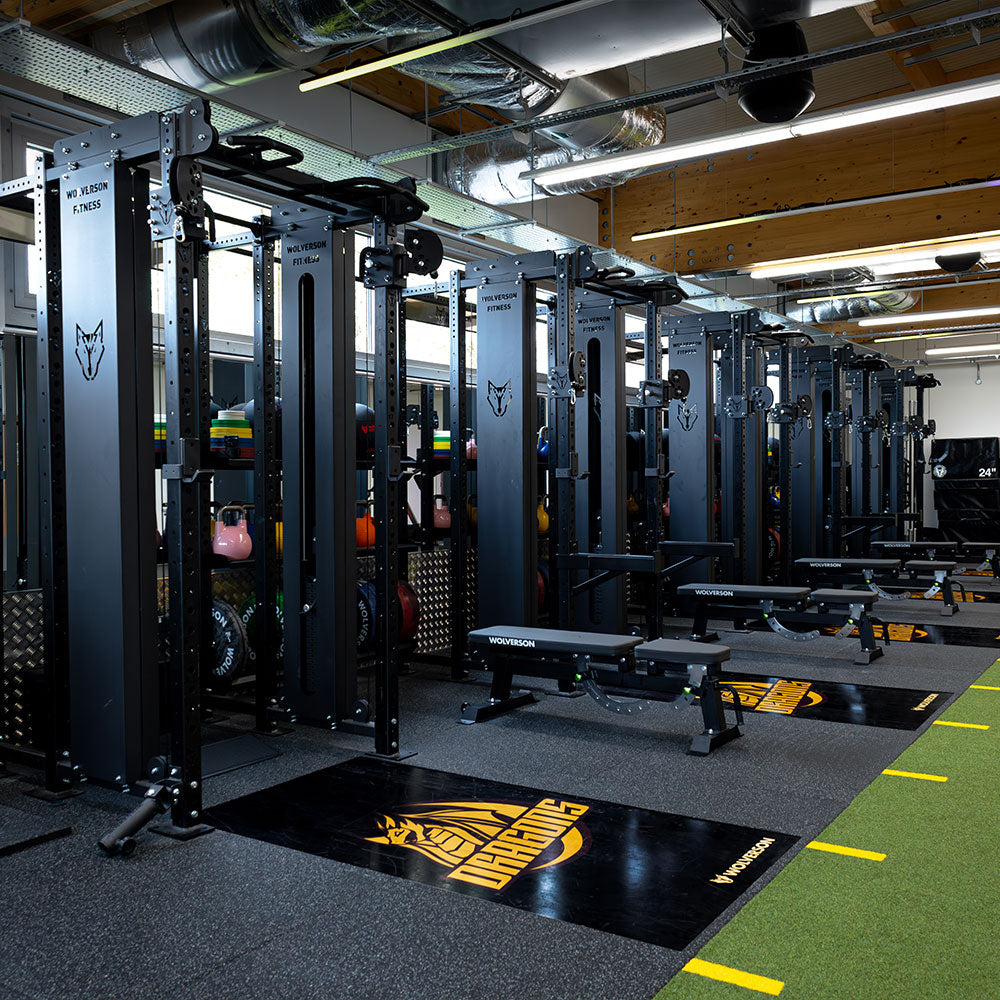
Planning the layout of your sports club gym
Effective gym design starts with a clear understanding of how your athletes train and how your space can support that. Start by assessing your available square footage and ceiling height to ensure compatibility with larger equipment, like racks, sleds, and rigs. Create distinct zones for team-based sessions and individual training, using modular and movable equipment to keep layouts flexible and future-proof. Choosing modern, sport-specific fitness equipment is crucial, but where it’s placed matters just
as much.
Before you commit, visualise your space with our 3D gym design tool to avoid costly mistakes and feel confident with your choices.
Choosing the right sports facility equipment
Now’s the fun part. You’ve decided how you roughly want your space to look, now you can start thinking about how you’d fit it out. We recommend starting with the essentials:
- High-quality strength equipment like compact racks, barbells, and platforms for explosive training.
- Cardio machines like SkiErgs, assault bikes, and rowers to support endurance and cooldowns.
- Smart storage solutions like plate storage, wall-mounted bar holders, and free weight racks keep the gym safe and tidy.
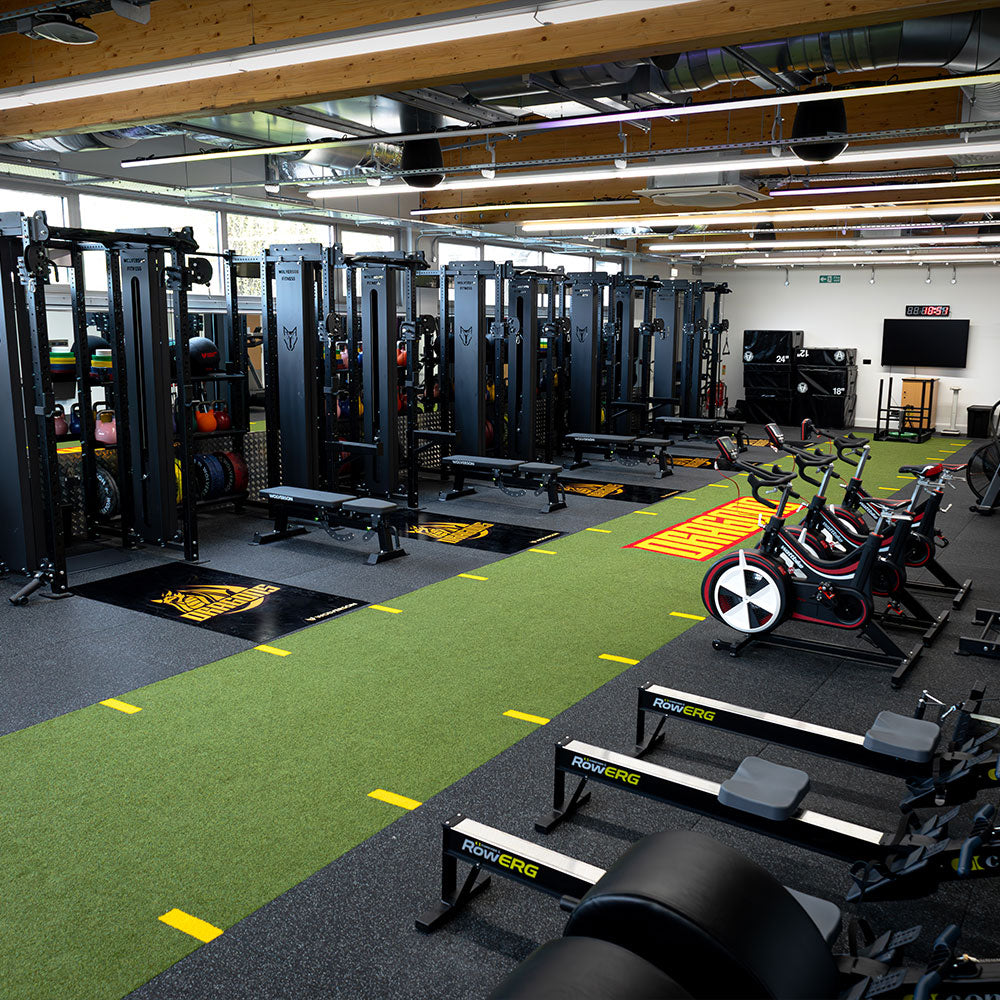
Next, your sport will help guide any additional equipment choices. Football clubs often prioritise lifting racks, astro turf for agility drills, and conditioning tools like bikes and rowers. Rugby teams may favour heavier free weights like dumbbells, sleds, and versatile rigs for strength and power development. Tennis clubs might benefit from mobility accessories like resistance bands, plyo boxes, and foam rollers for stability and injury prevention.
Wolverson Fitness has a range of equipment to meet your athletes’ needs to ensure you aren’t just filling your space, but your gym delivers measurable performance gains.
Common mistakes in gym design for sports clubs
Even the best intentions can fall short if gym design doesn’t sync with how members actually use the facilities. One of the most common mistakes is overspending on equipment that rarely gets used,
instead of focusing on what your athletes need. Poor layout planning can also lead to space bottlenecks that disrupt training flow and interrupt sessions, which isn’t ideal.
Additionally, ignoring your flooring needs compromises safety and performance due to minimal shock absorption. Plus, it needs to be durable and prevent bacteria from developing through daily use. A lack of flexibility for future growth – whether that’s more members or evolving training trends - can also limit your gym’s impact.
To avoid these downfalls, you should consider:
- Your club’s training philosophy and what performance looks like for your sport.
- The number of users and peak training times to regulate traffic flow and equipment quantity.
- A clear budget that balances equipment, flooring, and potential or gradual upgrades.
- Future-proofing your space by accounting for room expansion and sport-specific requirements or fitness trends.
By planning beyond the right now, your gym can become a long-term, reputable asset instead of a short-term solution.
Looking for expert help to create a training facility at your club?
Wolverson Fitness are here to guide you from consultation to the last accessory during the build. We’ll walk you through how the process works, how to utilise our 3D gym design tool, and help you create a functional space for your sport.
Book a free gym build consultation today and see your vision come to life. You know what you’re looking for, and we’re the gym design experts to craft that ambition.

